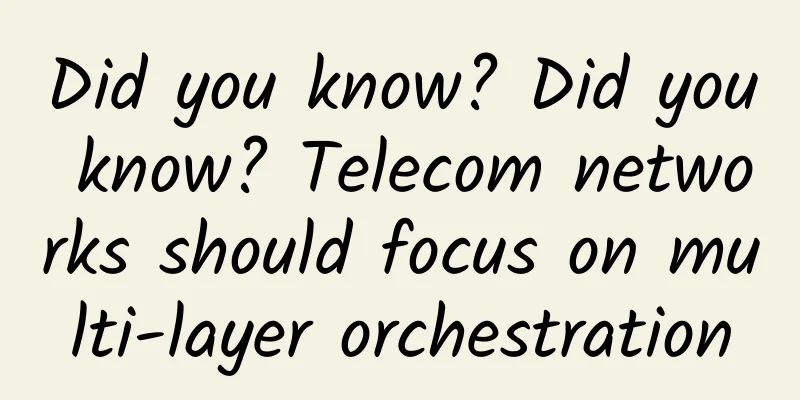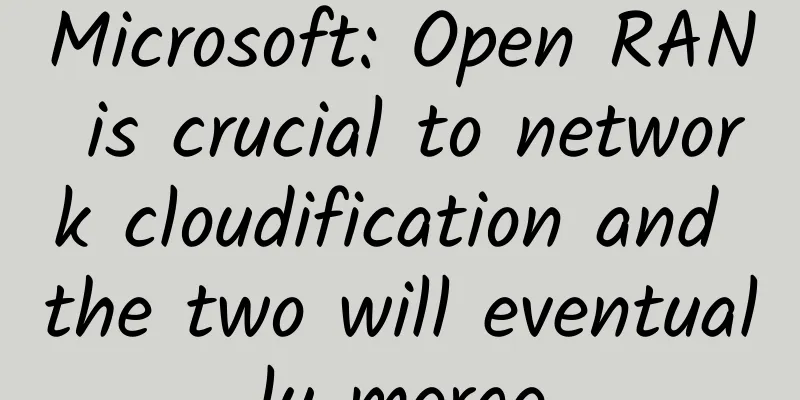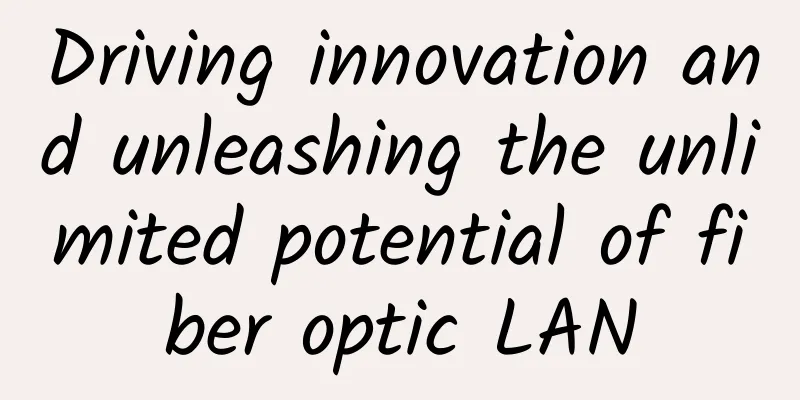Communication Protocol I2C Subsystem I2C Driver

|
Now let's write the I2C Driver part. The I2C driver is written in four parts: I2C SW Architecture This article takes the MTK platform as an example. The code comes from Xiaomi's open source project. Every time Xiaomi makes a mobile phone project, it will open source the kernel part because it must follow the GPL agreement. https://github.com/MiCode/Xiaomi_Kernel_OpenSource I2C driver source code directory. / kernel- 5.10 / drivers / i2c / i2c-core-base.c // Linux common driver 1. I2C SW ArchitectureThe driver layer is the responsibility of ordinary driver engineers, the i2c core layer is provided by Linux, and the chip manufacturer is responsible for the layers below the i2c core layer. The I2C subsystem separates the I2C device driver and the I2C bus driver through i2c-core, so that the I2C device driver does not need to worry about the details of the I2C bus transmission and can focus on the implementation of the I2C device logic. The abstraction is as follows: The focus of I2C bus driver is I2C adapter (controller) driver, which uses two important data structures: i2c_adapter and i2c_algorithm. Among them, Linux kernel abstracts SOC's I2C adapter (controller) into i2c_adapter, and i2c_algorithm is just a collection of implementation functions of some i2c transmission. In Linux system, there are the following nodes:2. I2C Data StructureIf we want to understand a Linux subsystem, we must study its data structure and understand what each structure stores, so that we can sort out the architecture of the subsystem. The I2C subsystem has several main structures: I2C controller: i2c_adapter , i2c_algorithm , mtk_i2c i2c_adapter: The i2c-core layer describes an I2C controller. If a chip has 8 I2C buses, there are 8 i2c_adapters. Please read the blogger's comments on the code in detail . struct i2c_adapter { i2c_algorithm: A collection of I2C transmission functions, of which master_xfer is the real transmission function, which must be implemented by the chip manufacturer when writing an I2C controller driver. The functionality function returns what communication protocol the I2C controller supports, which also needs to be implemented. Even if Linux specifies other functions, the chip manufacturer may not implement them because they are not commonly used. struct i2c_algorithm { MTK only implements two of them. i2c_client: describe device information: struct i2c_client { i2c_driver: When ordinary driver engineers write drivers, they must implement the probe function and remove function. The remaining functions are generally not used. struct i2c_driver { mtk_i2c: The MTK platform uses this structure to represent the I2C controller, which is defined in /kernel-5.10/drivers/i2c/busses/i2c-mt65xx.c. struct mtk_i2c { i2c_msg: i2c_msg must be filled when I2C reads or writes. Flag bit: written as 0, read as I2C_M_RD, you can refer to other flags. The maximum value of a single I2C transfer is 64KB, and the blogger has explained the length of len in the comments. struct i2c_msg { |
<<: 5G accelerates the process of 2G/3G network withdrawal in my country
Recommend
CloudCone Chinese New Year Special Package, Los Angeles 1G memory VPS annual payment starts from $13.5
CloudCone has launched several special packages f...
Hosteons: $8.99/month Hybrid Servers-dual core, 8GB memory, 100GB NVMe, 30TB/10Gbps, Salt Lake City data center
Hosteons has recently started to experiment with ...
V5.NET: Korea/Hong Kong dedicated server 30% off monthly payment starting from 325 yuan
V5.NET is a business that provides independent se...
Empowering enterprise digital development with security, Xinglan Technology appears at the 2022 China International Fair for Trade in Services
From August 31 to September 5, the 2022 China Int...
To promote cooperative learning teaching practice, the 4th National Cooperative Learning Seminar opened
On December 4, the 2019 Fourth National Seminar o...
80VPS: Hong Kong/Korea/Japan VPS annual payment starts from 299 yuan, US cluster server 8*/27 total 232IP monthly payment starts from 750 yuan
80VPS has launched a mid-year promotion, offering...
Transition to 5G drives demand for fiber
A new report released by IndexBox: "World – ...
New plan of the three major operators to increase speed and reduce fees! Be sincere, but be careful of "small tricks"
In the past four years of the implementation of t...
Seven technology trends for 2018 that IT pros need to know
As 2017 draws to a close, IT industry leaders are...
After the holidays, I return to work and upgrade my home router to welcome the New Year.
In the face of the epidemic, staying at home and ...
VPSMS Mid-Autumn Festival Promotion: VPS monthly payment 38% off quarterly payment 32% off, Los Angeles CN2 GIA line monthly payment starts from 53 yuan
VPSMS is shared in the blog for the first time. I...
Can 5G enable remote surgery?
In the early days of 5G, we often saw various hig...
How to implement 5G applications? China International Information and Communication Exhibition provides the answer
As the largest communications exhibition in Asia ...
5G: The need for better security
5G is 100 times faster than today’s mobile 4G, an...
Let's talk about virtual mobile network security
1. Introduction With the rise of 5G technology, v...









